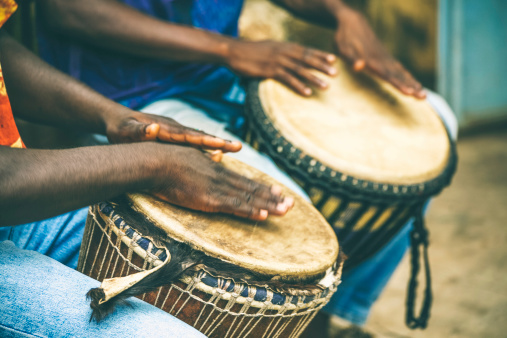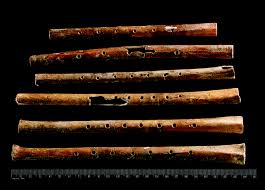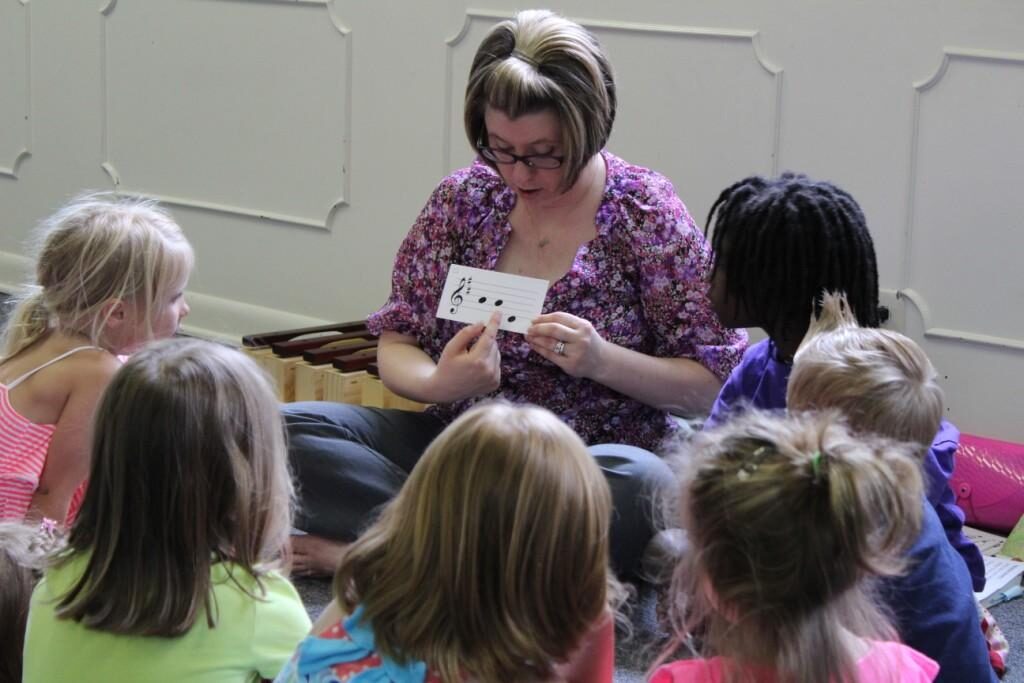This holiday season offers many opportunities for teachers, parents, and caregivers to teach children about both giving and giving thanks. Our last topic covered the many benefits of instilling gratitude in children. While showing gratitude is important for healthy early development, some evidence shows children may actually benefit more from giving than receiving.
Some of the Health Benefits of Giving
Giving and showing generosity has many health benefits, including physical, psychological, and spiritual well-being. When instilled in children, giving provides benefits that will pay back for their entire lives. A few of the many benefits of giving include:
- Decreased blood pressure and reduced stress.
- Elevated happiness, self-esteem, and less depression through the release of endorphins to the brain such as Serotonin, Dopamine, and Oxytocin.
- Longer life through relieved stress and blood pressure.
- Broadened social connections and support networks.
The Developmental Benefits of Teaching Children to Give
These results of giving help the young and old alike, but teaching children how to give provides some important developmental benefits as well:
- Encourages empathy and compassion for others.
- Helps to identify early passions and interests.
- Promotes self-esteem through decision making and reward.
- Motivates social development and communication skills through exchange of giving and gratitude.
- Instills a sense of pride for doing good.
Teaching Children the Joy of Giving
Most children are naturally inclined towards giving from a very early age. Research has shown that from the age of two, toddlers are actually happier giving than receiving. A study of children as young as 18 and 30 months old showed children voluntarily giving and helping in various altruistic ways, such as giving a blanket to a cold researcher. However, cultivating skills around kindness and giving should be nurtured by caregivers. Here are a few tips for reinforcing the natural inclination for children to give:
- Be a role model and explain why you are giving – Research shows that children are more likely to be kind if at least one parent models that behavior for them. In younger children, facial expressions of happiness and gratitude can show intent. As they grow older, it’s important for parents to have conversations with their kids about generosity.
- Create opportunities and give together – Look for opportunities in everyday life to model giving and invite your child to participate in the process. Whether it’s a toy to a playmate or taking dinner to an elderly neighbor, the reactions of others will also demonstrate the value of being generous.
- Give them the choice and be patient – Although we may be inclined to involve our children in mandatory service-learning, evidence shows that when people are forced to do something kind for others, they will feel less inclined to help others in the long run. Studies show that more often people feel happier after showing altruistic, pro-social giving.
- Help them understand and see the impact – While giving money or donating to a charity is helpful in teaching giving, letting children see the end results of generosity will make a longer lasting impression on them. Volunteering time often involves coming into contact with the recipients of giving, which can demonstrate the positive impact it makes.
Of the many studies and research that have been performed on the developmental benefits of giving, nearly all reiterate instilling generosity in children early and often. From an early age, children’s tendencies to do so should be identified and rewarded, and at a later age discussed and praised. In this season of giving, there are many opportunities to reinforce what already comes natural to most children.








